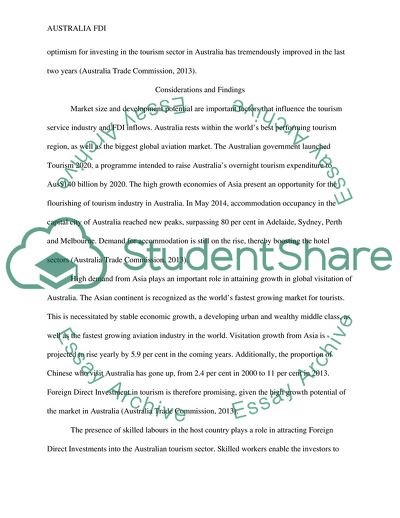Cite this document
(Finance for international business Assignment Example | Topics and Well Written Essays - 1500 words, n.d.)
Finance for international business Assignment Example | Topics and Well Written Essays - 1500 words. https://studentshare.org/finance-accounting/1838160-finance-for-international-business
Finance for international business Assignment Example | Topics and Well Written Essays - 1500 words. https://studentshare.org/finance-accounting/1838160-finance-for-international-business
(Finance for International Business Assignment Example | Topics and Well Written Essays - 1500 Words)
Finance for International Business Assignment Example | Topics and Well Written Essays - 1500 Words. https://studentshare.org/finance-accounting/1838160-finance-for-international-business.
Finance for International Business Assignment Example | Topics and Well Written Essays - 1500 Words. https://studentshare.org/finance-accounting/1838160-finance-for-international-business.
“Finance for International Business Assignment Example | Topics and Well Written Essays - 1500 Words”. https://studentshare.org/finance-accounting/1838160-finance-for-international-business.


